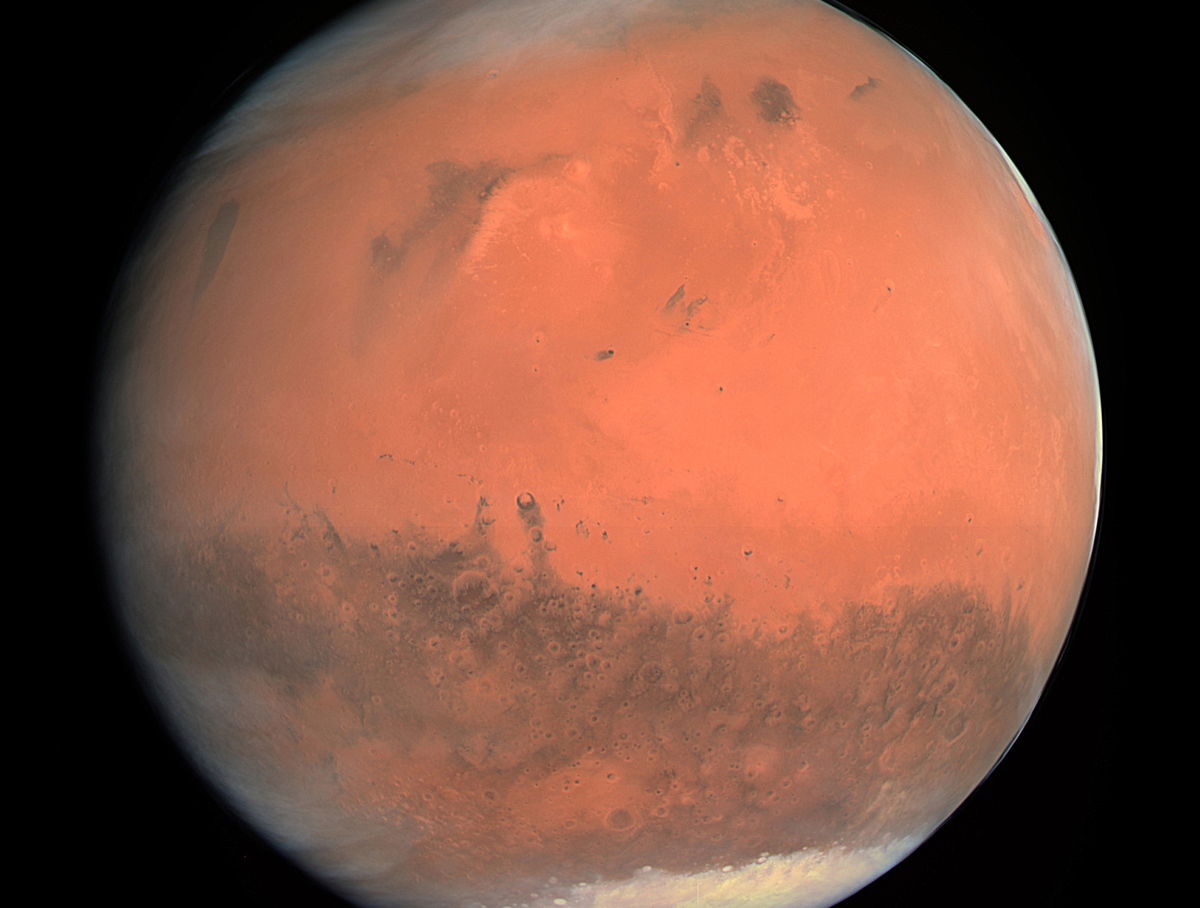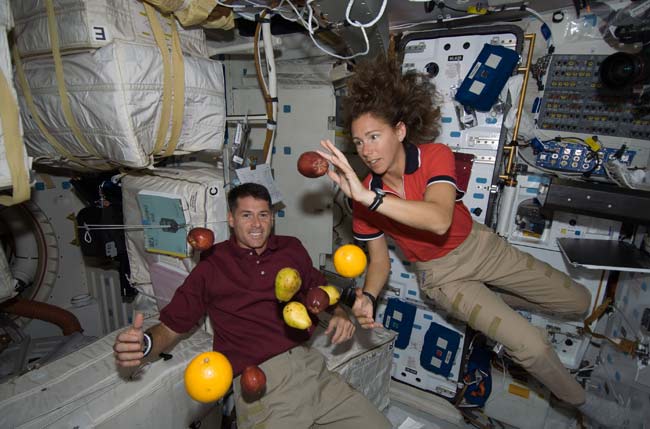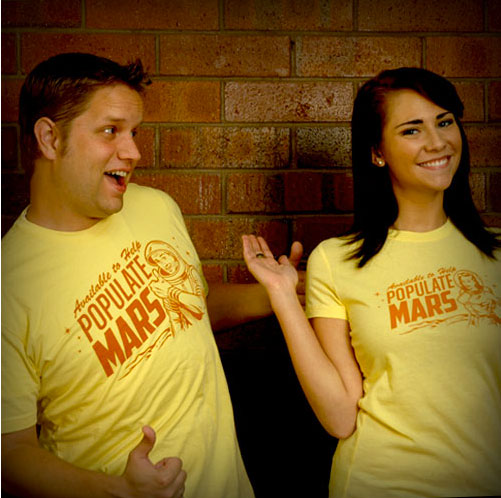
Mars may possess a stark and austere beauty, but a manned Red Planet mission will likely not be easy on the eyes.
Recently, scientists have begun realizing that spaceflight can cause serious and perhaps permanent vision problems in astronauts. NASA researchers are working hard to understand the issue, which could present a major hurdle to mounting manned missions to Mars and other faraway destinations.
"This is one that we don't yet have a good handle on, and it can be a showstopper," Mark Shelhamer, chief scientist for the NASA Human Research Program at Johnson Space Center in Houston, said last week during a presentation with the agency's Future In-Space Operations (FISO) working group. [The Human Body in Space: 6 Weird Facts]
Another peril of microgravity
The human body suffers in the microgravity environment of space. For example, without effective countermeasures — i.e., vigorous weight-bearing exercise — astronauts' muscles atrophy and their bones shed calcium, becoming more and more brittle over time.
Spaceflight can also affect the eyes. Researchers have known this for decades, but they're just now beginning to appreciate the gravity of the situation.
"Over the last 40 years there have been reports of visual acuity impairments associated with spaceflight through testing and anecdotal reports," a 2012 NASA report about spaceflight-related vision problems states. "Until recently, these changes were thought to be transient, but a comparison of pre- and postflight ocular measures have identified a potential risk of permanent visual changes as a result of microgravity exposure."
Get the Space.com Newsletter
Breaking space news, the latest updates on rocket launches, skywatching events and more!
The problem is not confined to just a few isolated individuals, either. Postflight examinations performed on about 300 American astronauts since 1989 showed that 29 percent of space shuttle crewmembers (who flew two-week missions) and 60 percent of International Space Station astronauts (who typically spend five or six months in orbit) experienced a degradation of visual acuity, according to a report published this year by the U.S. National Academy of Sciences.

Though they don't yet know for sure, researchers think these eye problems stem primarily from an increase in pressure inside the skull. Cerebrospinal fluid flows into the head more in space than it does on Earth, where gravity pulls it down toward the lower body.
"That increased pressure of cerebrospinal fluid, which surrounds the brain, works its way down the sheath of the optic nerve and pushes on the back of the eyeball," Shelhamer said during his FISO presentation.
Loss of visual acuity and other problems can result from this scenario, which researchers call VIIP (Visual Impairment/Intracranial Pressure). And the issues can persist for long periods after astronauts touch down, Shelhamer said.
"This has really got our attention," he said, "because when you start talking about affecting the vision of astronauts, who are in high-performing, demanding environments, and those vision changes do not always correct themselves after weeks or months back on Earth, so you might be causing permanent damage — this is really a serious problem for us."
Adding to the concern, Shelhamer added, is that researchers don't yet know if VIIP-related problems will level off or intensify for astronauts who spend more than six months off the planet. A yearlong mission to the space station involving one NASA astronaut and one cosmonaut, which is scheduled to blast off next year, could help in this regard.
More information about the effects of long-term spaceflight is crucial for NASA, which aims to get astronauts to the vicinity of the Red Planet by the mid-2030s. With current propulsion technology, roundtrip missions to Mars will require a year of spaceflight at the minimum, in addition to any time spent on the planet's surface.

What can be done?
Researchers are still working to understand exactly what's causing the vision issues. For example, the elevated levels of carbon dioxide found within the space station may be a significant factor in the VIIP phenomenon, Shelhamer said, since high CO2 concentrations are known to increase production of cerebrospinal fluid and dilate blood vessels in the brain.
Speculating on how to prevent or mitigate astronauts' vision problems may thus be a bit premature at this point. But if the main VIIP hypothesis pans out, artificial gravity would be an obvious countermeasure, Shelhamer said.
Artificial gravity can be induced by spinning a spacecraft — or parts of it.
"You could have people sleep while they're spinning, so then they just get eight hours or so of artificial gravity," Shelhamer said.
Artificial gravity would also help mitigate bone loss and muscle degeneration, reducing the need for exercise and potentially freeing up more time for astronauts to perform scientific experiments or do other work during long space missions, advocates say.
Follow Mike Wall on Twitter @michaeldwall and Google+. Follow us @Spacedotcom, Facebook or Google+. Originally published on Space.com.
Join our Space Forums to keep talking space on the latest missions, night sky and more! And if you have a news tip, correction or comment, let us know at: community@space.com.

Michael Wall is a Senior Space Writer with Space.com and joined the team in 2010. He primarily covers exoplanets, spaceflight and military space, but has been known to dabble in the space art beat. His book about the search for alien life, "Out There," was published on Nov. 13, 2018. Before becoming a science writer, Michael worked as a herpetologist and wildlife biologist. He has a Ph.D. in evolutionary biology from the University of Sydney, Australia, a bachelor's degree from the University of Arizona, and a graduate certificate in science writing from the University of California, Santa Cruz. To find out what his latest project is, you can follow Michael on Twitter.









